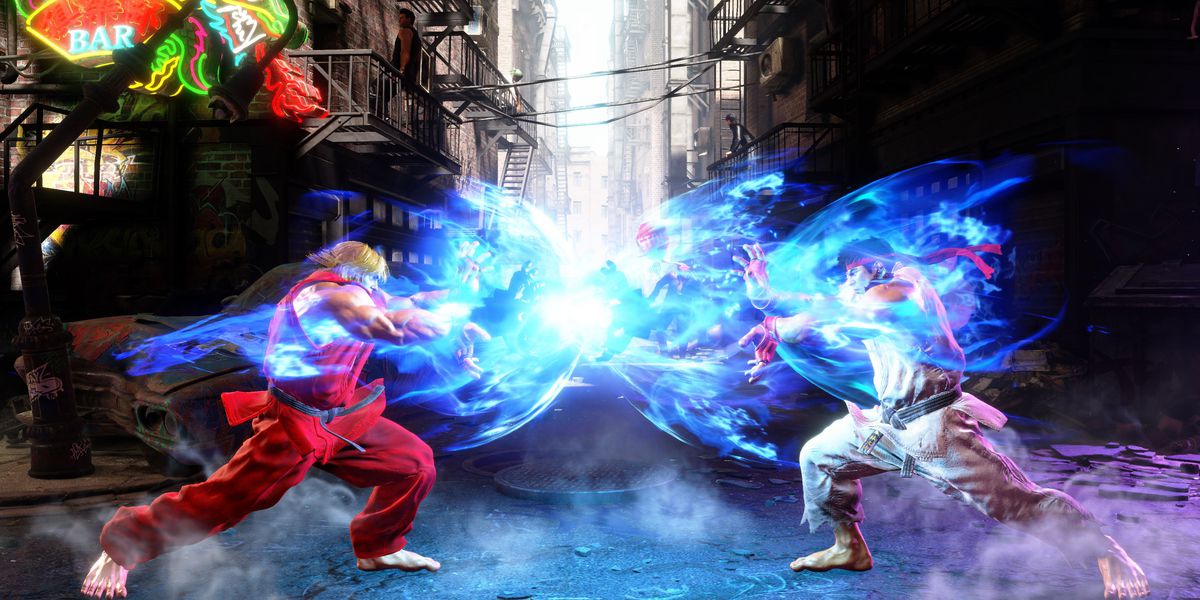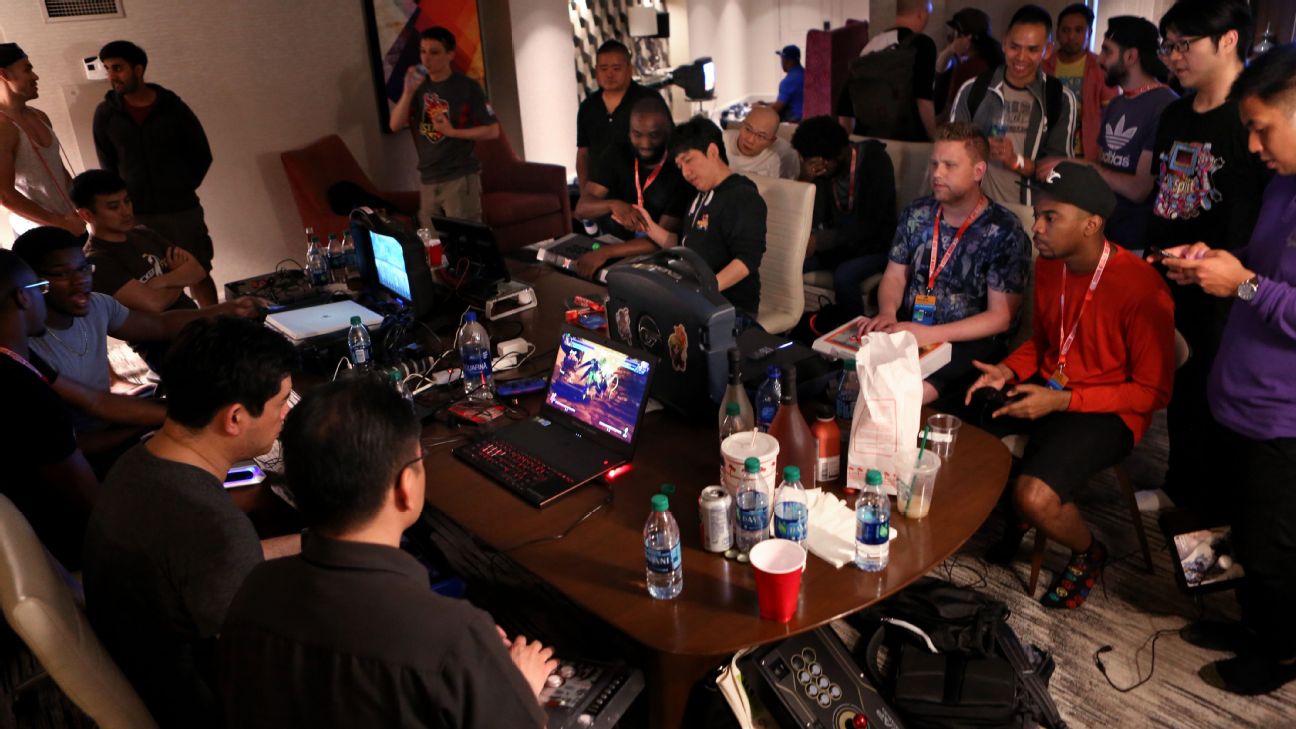In the electrifying realm of fighting games, where every punch thrown and kick landed can tip the scales of victory, achieving game balance is an ongoing pursuit that developers and players alike grapple with. In our latest deep dive, “Balancing Act: The Challenge of Game Balance in Fighting Games,” we unravel the complexities of this critical aspect of game design and gameplay.
The Quest for Fairness
At the core of game balance lies the pursuit of fairness—a level playing field where every character, move, and strategy has its strengths and weaknesses. Achieving this delicate equilibrium is no small feat, as developers must meticulously fine-tune variables such as character attributes, move properties, and overall game mechanics to ensure that no single option dominates the meta.
The Role of Player Feedback
In the ongoing battle for balance, player feedback serves as a crucial compass, guiding developers in their quest to refine and optimize gameplay. Through forums, social media channels, and community events, players voice their opinions on character matchups, game mechanics, and balance issues, providing valuable insights that shape the direction of future patches and updates.
The Evolution of the Meta
As fighting games evolve and new strategies emerge, the meta—a constantly shifting landscape of dominant tactics and counterplay—plays a pivotal role in shaping the balance of the game. Developers must remain vigilant in monitoring the meta and addressing any imbalance that may arise, whether through character adjustments, system tweaks, or gameplay refinements.
Striking a Delicate Balance
Achieving game balance is a delicate dance, requiring developers to weigh multiple factors and make calculated adjustments to ensure that no character or playstyle overshadows the rest. Through meticulous playtesting, data analysis, and community feedback, developers strive to strike the perfect balance between diversity, depth, and competitiveness, creating an experience that is both challenging and rewarding for players of all skill levels.
The Impact of Balance on Competitive Play
In the competitive arena, game balance is paramount, as even the slightest advantage can tip the scales of victory in favor of one player over another. Tournaments serve as a crucible where the true test of balance unfolds, with players adapting and evolving their strategies in response to the shifting meta. A well-balanced game not only fosters a healthy competitive environment but also ensures that skill and strategy reign supreme.
Conclusion: A Constant Journey
In conclusion, “Balancing Act: The Challenge of Game Balance in Fighting Games” shines a spotlight on the intricate dance of game design and gameplay that defines the essence of balance in fighting games. As developers and players continue to push the boundaries of innovation and competition, the quest for balance remains a constant journey—a dynamic process of refinement and adaptation that ensures the longevity and vitality of the fighting game genre.
Join us as we navigate the complexities of game balance and celebrate the artistry and ingenuity that define the world of fighting games. Embrace the challenge, hone your skills, and become a part of the ever-evolving tapestry of balance that shapes the future of competitive gaming.




